 Andrew Wade
Andrew Wade
Senior reporter
This week I had the pleasure of attending two very different media events, showcasing two very different technologies. One will help transform London and the South East, while the other has implications for the entire planet. Both of them are promising big things for the future.
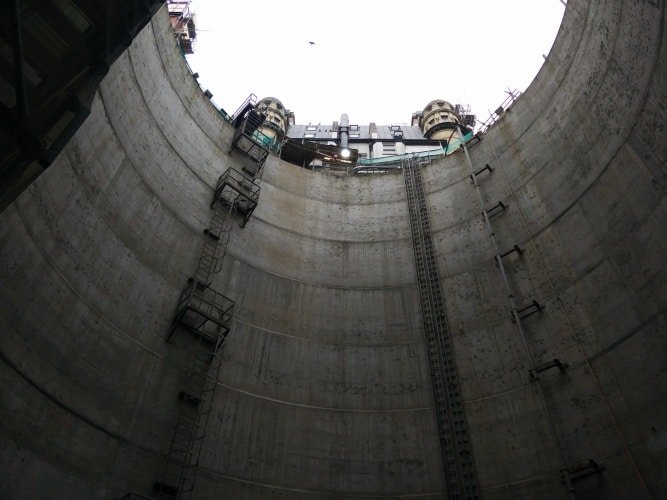
On Wednesday, I descended the depths of Crossrail’s Fisher Street shaft to get a glimpse of how the project’s central section is progressing. The Fisher Street site – located two minutes from Holborn Tube station – is Crossrail’s floating track slab (FTS) construction hub. FTS will be laid at two key points beneath the capital to minimise noise and vibration; at Barbican, to protect the theatre from disturbance; and at Soho, where recording studios and arts venues will be insulated from the 30 passing trains per hour.
Having visited Crossrail’s Farringdon site last year, I already had a good idea of the scale of the tunnels. But the project has progressed a great deal since the 26 miles of twin-bore shafts were completed in May 2015, and is now at a stage where one can see the finished article slowly emerging. Tunnels and stations are in the process of being fitted out with all the necessary infrastructure and systems required for the Elizabeth line to begin operating in December 2018. This includes track, ventilation, high-voltage power, signalling, communications and overhead line equipment.
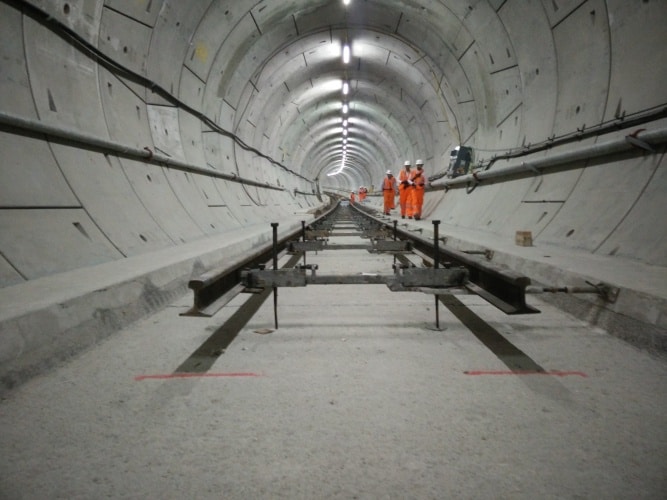
According to the Crossrail overlords, the project is now over 70 per cent complete. More than 10km of track has been laid beneath South East London, with work from the east now approaching my local area of Stepney Green. In the west, track installation started in March and is moving towards the new Paddington and Bond Street stations. All track work is due to be finished in 2017.
Our visit brought us through the tunnels from Fisher Street towards Soho, past the recently constructed westbound Tottenham Court Road platform. While there’s clearly still plenty of work to be done, it was also surprisingly thrilling to see a key element of the Crossrail network begin to take shape. Tottenham Court Road is where Crossrail 2 will eventually intersect with the first line, and it’s fascinating to envisage what the station will look like – both above and below ground – in 20 years time when both lines are operational. I recently spoke with Crossrail 2 chief Michèle Dix about that project’s evolution, and the interview will appear in the forthcoming issue of The Engineer.
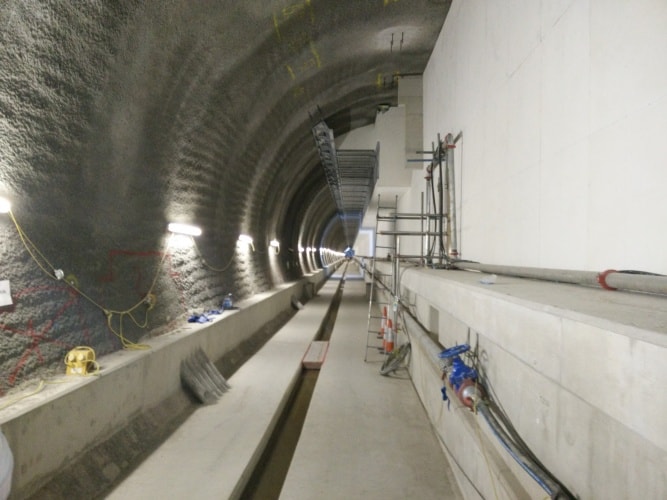
Earlier in the week I visited Imperial College London to learn about a slightly less extravagant, but no less impressive, technology project. Imperial is the UK home of Indian company Carbon Clean Solutions Limited (CCSL), which has developed a new patented solvent that it claims could transform the carbon capture industry.
Carbon capture and storage (CCS) has not had a good time in the UK of late, with Drax pulling out of the White Rose project last September, and the government scrapping its £1bn funding for CCS two months later. Decarbonisation is a vital long-term goal, but immediate investment in CCS will be crucial to remain on track for limiting global temperature rises to 2°C. This week Myles Allen, a professor of climate dynamics at Oxford University, outlined how CCS is a necessary “backstop” and the only way to bring net carbon emissions down to zero.
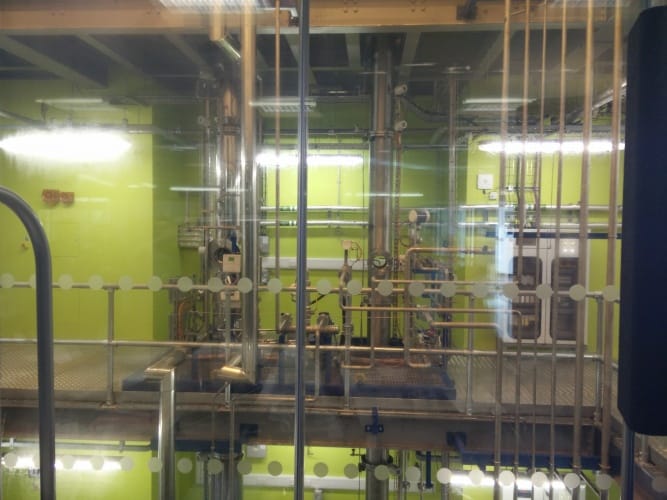
But up until now carbon disposal has been seen as uneconomical, with large amounts of energy required to separate CO2 from the solvents used to capture it. Current CO2 capture costs around $60 per tonne. However, CCSL claims its APBS solvent could help drive this down to as little as $10 a tonne by 2018, making commercial CCS a real possibility. In November last year it began a test programme at Technology Centre Mongstad in Norway, the world’s largest CO2 capture demonstration plant. CCSL says its solvent provided a 20 per cent reduction in energy costs, with eight times less solvent lost in the process and a seven times reduction in corrosion to the capture plant equipment.
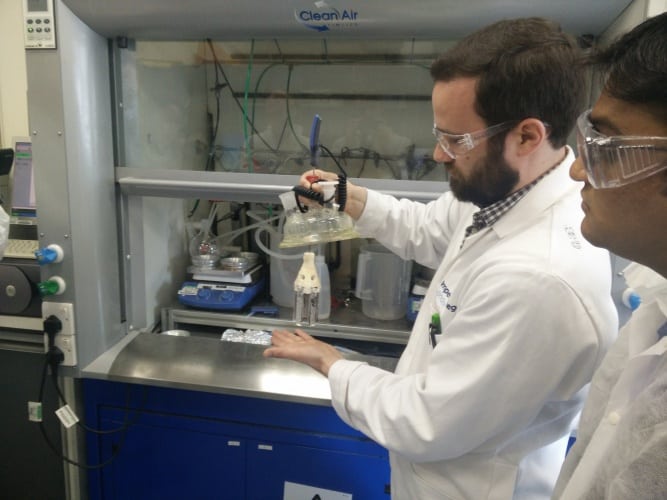
The company is working with power and utilities operators in other countries, but CEO Aniruddha Sharma said that conversations in the UK have so far been with industrial players. For heavy industry such as cement and steel, carbon capture is the only path to cutting emissions, and CCSL’s technology could help the sector avoid costly carbon taxes in the future. For now, it seems, this is an investment that the government appears reluctant to make. With Crossrail coming in at just under £15bn - and Crossrail 2 expected to cost double that - the £1bn recently axed from CCS development looks like short-sighted penny-pinching that could have far-reaching consequences.




Red Bull makes hydrogen fuel cell play with AVL
Formula 1 is an anachronistic anomaly where its only cutting edge is in engine development. The rules prohibit any real innovation and there would be...